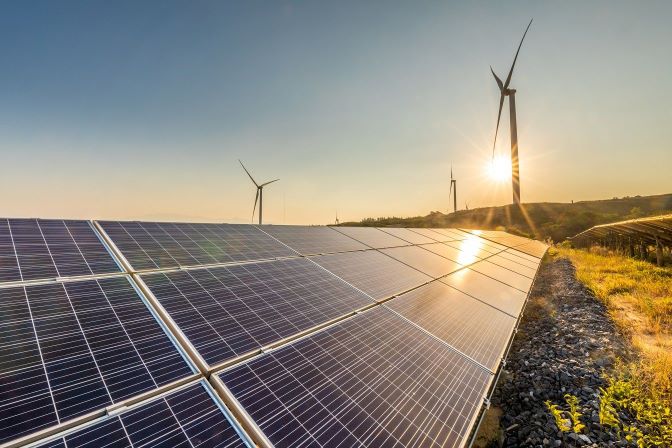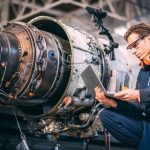As the global demand for clean and renewable energy grows, wind and solar power systems continue to evolve rapidly. Advances in technology have enabled these systems to become more efficient, reliable, and cost-effective. In this article, we explore the latest innovations in wind and solar power systems that are transforming the renewable energy landscape.
Innovations in Wind Power Systems
1. Floating Offshore Wind Turbines
Traditional wind farms are limited to shallow coastal waters, but floating offshore wind turbines allow turbines to be installed in deeper waters with stronger and more consistent winds. These floating platforms provide access to previously untapped wind resources and are designed to withstand harsh marine conditions.
2. Vertical Axis Wind Turbines (VAWTs)
Unlike traditional horizontal-axis wind turbines, VAWTs are designed to rotate around a vertical axis. These turbines are more compact, require less space, and can generate power even in turbulent or low-wind environments, making them suitable for urban and offshore installations.
3. Smart Wind Turbines with AI Integration
New wind turbines are being equipped with artificial intelligence (AI) systems that optimize performance. These smart turbines use sensors to monitor wind conditions in real-time, adjust the blade angles, and predict potential faults to prevent downtime. Predictive maintenance using AI also reduces operational costs.
4. Modular Wind Farms for Urban Areas
Urban areas are increasingly adopting micro wind turbines and modular wind systems. These small-scale turbines can be mounted on rooftops or integrated into building designs, contributing to localized power generation and reducing transmission losses.
5. Hybrid Renewable Systems
A growing trend involves combining wind power with other renewable sources, such as solar and battery storage systems. These hybrid systems ensure a more stable power supply by compensating for the intermittent nature of wind energy with solar generation and battery storage.
Innovations in Solar Power Systems
1. Perovskite Solar Cells
Perovskite solar cells are a revolutionary new type of photovoltaic technology known for their high efficiency, low production costs, and lightweight design. These cells can be printed onto flexible surfaces, enabling innovative solar applications like solar fabrics and portable chargers.
2. Bifacial Solar Panels
Traditional solar panels capture sunlight from only one side, but bifacial solar panels generate electricity from both the front and back. These panels are ideal for installation in reflective environments, such as snow-covered or sandy areas, where sunlight can be absorbed from multiple directions.
3. Solar Tracking Systems
Solar trackers increase energy production by adjusting the angle of solar panels throughout the day to follow the sun’s movement. Innovations in dual-axis tracking systems allow panels to rotate both vertically and horizontally, maximizing energy capture.
4. Floating Solar Farms
Floating solar systems, also known as floatovoltaics, are being deployed on lakes and reservoirs. These installations reduce water evaporation, improve panel efficiency by keeping them cool, and make efficient use of surface water without occupying land space.
5. Solar Windows and Building-Integrated PV (BIPV)
Solar technology is becoming seamlessly integrated into architecture with solar windows and BIPV systems. Transparent solar cells embedded in windows and solar panels integrated into building facades allow structures to generate power while maintaining aesthetics.
Challenges and Future Directions
While wind and solar power systems have advanced significantly, they still face challenges such as intermittency, energy storage limitations, and grid integration issues. However, innovations in battery technology, smart grids, and energy management systems are helping overcome these challenges.
Looking forward, further advancements in nanotechnology, AI, and materials science are expected to push the boundaries of wind and solar power systems. Governments and private companies are also investing heavily in research and development to increase the efficiency and scalability of these technologies.
Conclusion
The recent innovations in wind and solar power systems are paving the way for a sustainable energy future. Floating wind turbines, perovskite solar cells, and hybrid renewable systems are just a few examples of how technology is driving progress in renewable energy. With ongoing advancements, wind and solar power are set to play a critical role in achieving global energy transition goals and mitigating the impact of climate change.


